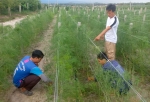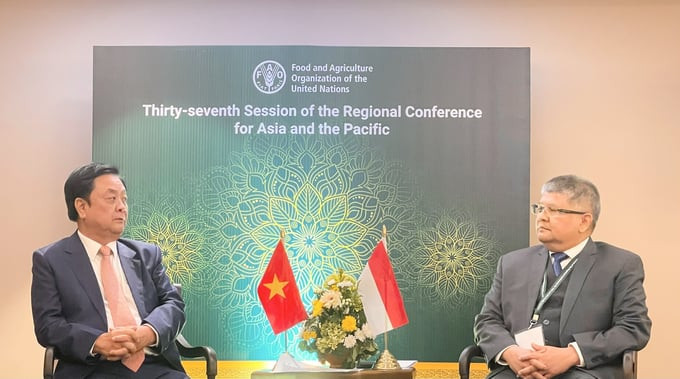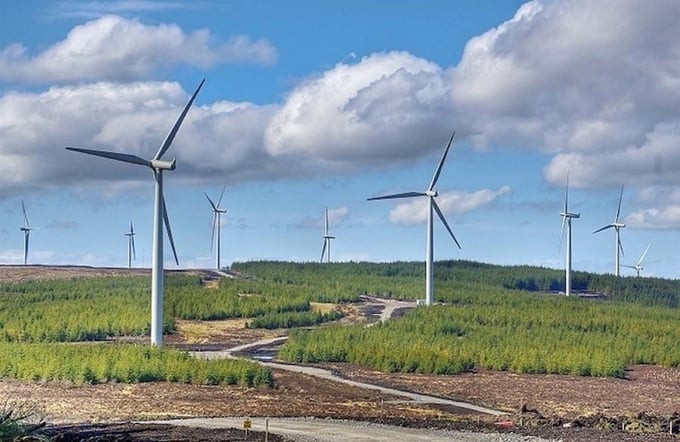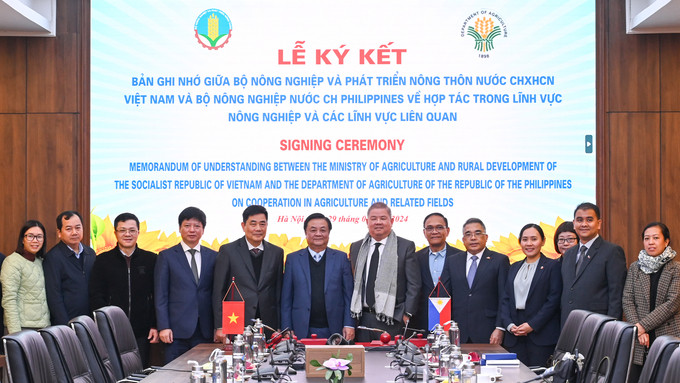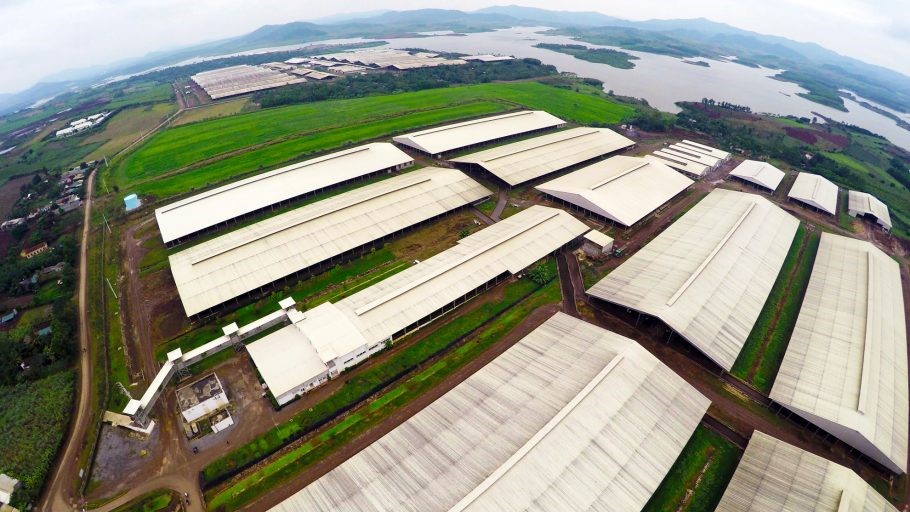
Vietnam is an agricultural country, so the development of the farm economy will promote the transformation of the economic structure, the structure of agricultural, forestry and forestry production and the redistribution of labor towards specialization and development. integrated development on the basis of absolute advantages and relative advantages of regions and sub-regions. However, when running a farm business, it is necessary to fully meet the conditions and scale of the livestock farm.
Legal basis:
+ Law on Livestock 2018
+ Decree 13/2020/ND-CP guiding the Law on Livestock.
1. Farm business conditions:
– Farming economy: Concept and characteristics
In the world, people often use the terms: ferme (French), Tarm (English) ... often translated into Vietnamese as a farm, an agricultural production facility associated with farmer households. The above terms are generally understood as farmers, family farmers, farmers associated with land, with land in general.
In our country, the concept of farm can be understood as follows: “A farm is a form of basic production organization in agriculture, forestry and fishery, with the main purpose of producing goods and means of production. production is owned or used by an independent owner, production is carried out on a land scale, and the factors of production are sufficiently concentrated with advanced management and technical skills. high technology, autonomous operation and always associated with the market” [29,19].
Currently, the concept of farm economy has not been defined in the form of a normative definition in the legal documents of our State. However, the concept of farm economy is stipulated in the Government's Resolution No. 03/2000/NQ-CP dated 22/2000 on the farm economy as follows: “Farm economy is a form of production organization. goods in agriculture and rural areas, mainly based on households, in order to expand the scale and improve production efficiency in the fields of cultivation, animal husbandry, aquaculture, afforestation, associating production with processing and consuming agricultural, forestry and fishery products”.
– In Clause 1, Article 55 of the Law on Livestock 2018 stipulates the conditions that must be met when raising farm animals, according to which, when raising farms, the following conditions must be met:
+ Condition 1: for the location of farm animals, the location used to build the farm must be consistent with the socio-economic strategy of the locality and region and must be consistent with the strategy for livestock development. . In addition, farm animals need to meet the requirements of livestock density as prescribed by law. Because, through the strict requirements and stimulation of the market, the farms make technical improvements, innovate equipment and technology, rationalize the production process, and choose a reasonable investment plan. and save, improve productivity, quality, efficiency of production and use of resources.
+ Condition 2: When raising livestock, it is necessary to have adequate facilities such as: the water source must be ensured of quality for livestock activities as well as livestock waste treatment activities, there are protection measures. environment according to the provisions of the law on environmental protection, fully meet the breeding equipment to be suitable for each type of livestock to ensure the development of each type of animal.
Through competition and cooperation, the nature and level of socialization agriculture, forestry and fishery production and business is increasingly expanding and perfecting. Economic sectors promote their respective roles and positions and are closely linked with each other in each locality.
+ Condition 3: When raising livestock, the farm owner must have sufficient documents to record the process of livestock production such as: the type of feed used, the use of animal feed, veterinary drugs, and vaccines. – please follow the dosage how, the time of care, … and all other information to ensure the traceability of the pet. In particular, the farm owner must keep these documents and records for at least one year after the breeding cycle ends.
+ Condition 4: For livestock farms, it is necessary to ensure a safe distance from the livestock breeding area to the subjects affected by livestock production activities and from the source of pollution to the livestock production area. camp.
– All these conditions must be applied for the purpose of promoting the exchange of goods, completing the trade network, managing and regulating the market effectively, contributing to the expansion of the agricultural and forestry market. , fisheries, forming a synchronous currency market, credit system, banking, services...
– Creating an objective material premise and a strong economic base for developing a sustainable agriculture, promoting its role in national economy, radically changing the face of the economy – rural society in ta. The agricultural production of goods based on the farm economy not only meets the objective requirements of domestic conditions but also regional and international conditions. The production of commodity agricultural products in the open-door integration with the regional and world economies not only requires a large and stable volume of agricultural products, but also requires high-quality, low-cost products, creating a favorable environment. have a competitive advantage in the domestic and world agricultural markets.
2. Scale of livestock farm:
– In Article 21 Decree 13/2020/ND-CP guiding the Law on Livestock production regulates the scale of livestock production, according to which:
+ Regarding the scale of raising cattle, poultry and other livestock, must be determined by the number of livestock units at the breeding establishment at the same time. For the cases where the livestock production facilities are mixed livestock production establishments including cattle and poultry and other livestock, the livestock farm size is calculated by including the total number of livestock units of the family. livestock and poultry, the number of each other type of livestock.
+ Regarding the scale of each type: for large-scale farming: From 300 livestock units or more; for medium-sized farm animals: From 30 to under 300 livestock units; small-scale farming: From 10 to less than 30 livestock units; Farming: Less than 10 livestock units.
+ Regarding the livestock unit coefficient: according to the provisions of law, the livestock unit coefficient is used as a basis for converting the number of livestock to the livestock unit.
– Farms operate economically within the framework of the law and are often supported by the State with policies to encourage the production of commodity agricultural products, such as loans with preferential interest rates to produce agricultural products in demand. large domestic or export. Therefore, the farm economy is the most common type of economy operating in the agricultural sector in most countries around the world.
– Currently, in the process of going up to industrialization, world agriculture has formed and developed new types of production and business; and the market economy have screened and selected organizational forms suitable to the characteristics and conditions of each country, of which the most popular is the family farm economy associated with a cooperative network. economic and technical service society. Therefore, the process of forming and developing the farm economy in our country in recent years is in line with the development trend of Vietnam's agriculture in particular and the world's agriculture in general.
Farm economy is a form of organization of commodity production in agriculture and rural areas. This is the most basic and important feature, because:
Commodity production is the main function of the farm economy. The nature of commodity production of the farm economy is expressed: the value of total products and goods is a direct indicator of the production scale of the farm, a criterion to distinguish the farm economy. with household economy and has a high proportion of goods, usually around 70%.






